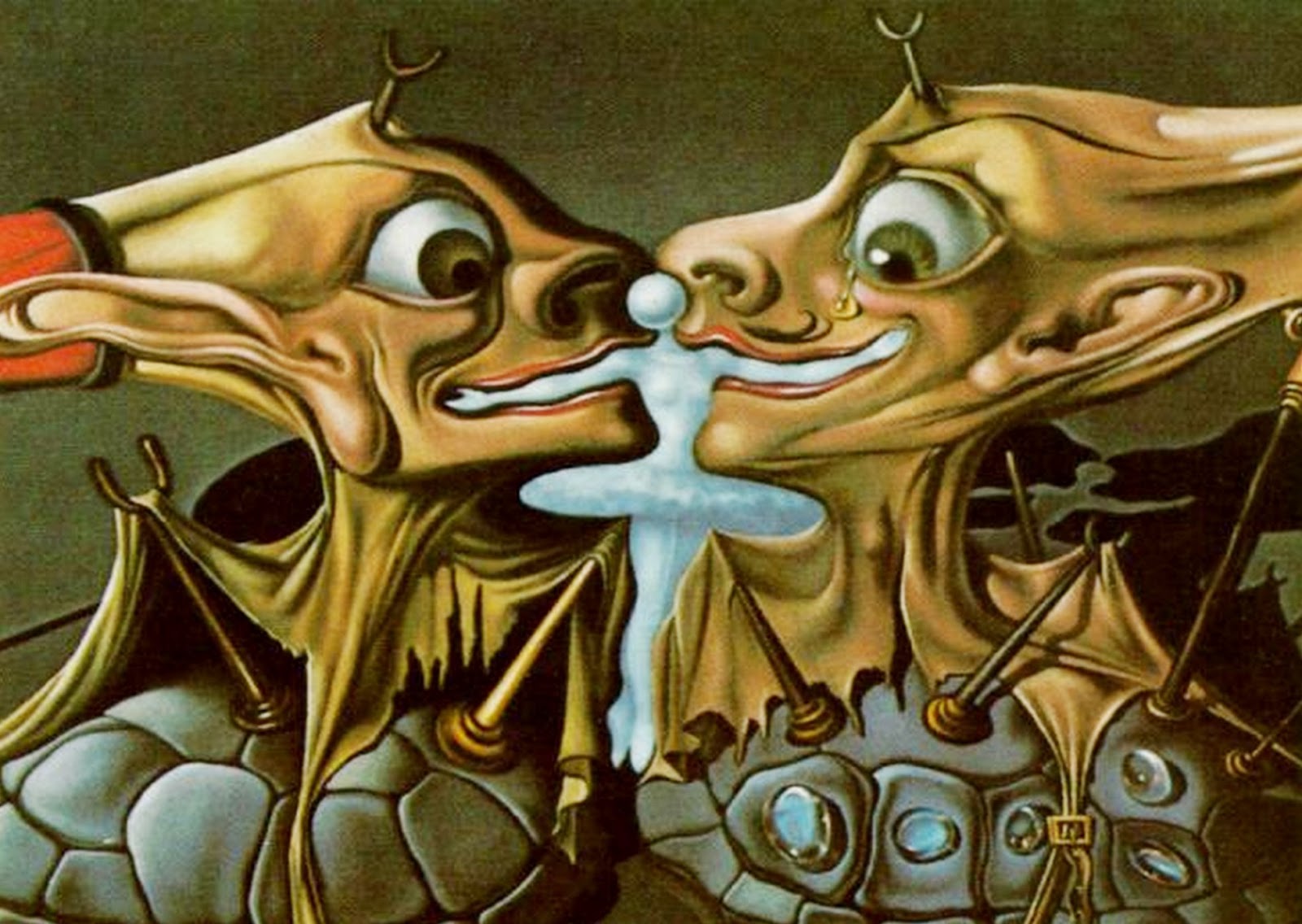Surrealist film came with the movement of surrealism that was an art movement in Paris from 1924 to 1941. The movement stemmed from the Dada movement than came previously. Surrealist cinema used shocking, irrational, absurd and dream-like sequences in it's films.

Unlike most of the Hollywood films that had come before surrealism, most surrealist films don't have an obvious narrative, or much logic in the way the story is told.
The animations created by Terry Gilliam from Monty Python has been influenced by surrealist film. This can be seen in the way that the animations have little in the way of a plot line and most of the narrative decisions that he makes seem to be more influenced in what he feels like is the natural progression for that character or object on the screen at the time.



Comments
Post a Comment